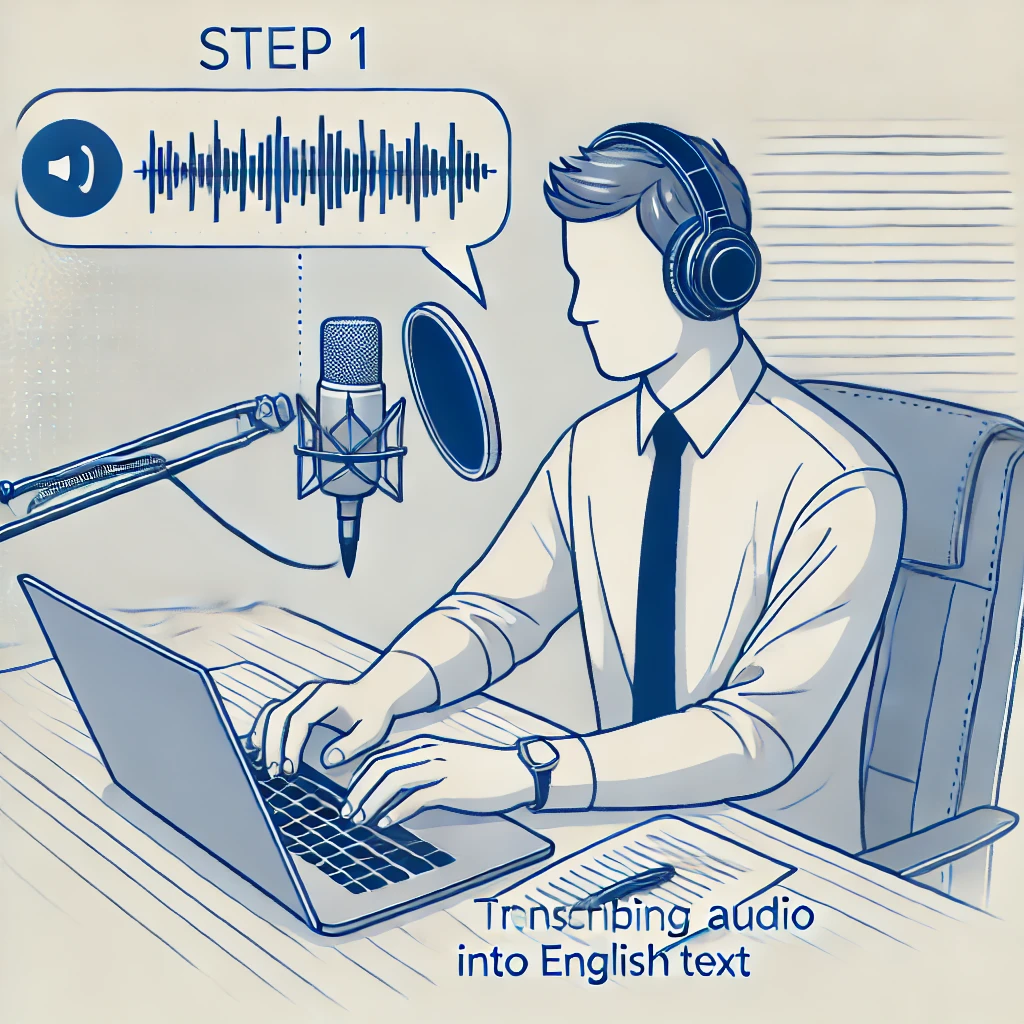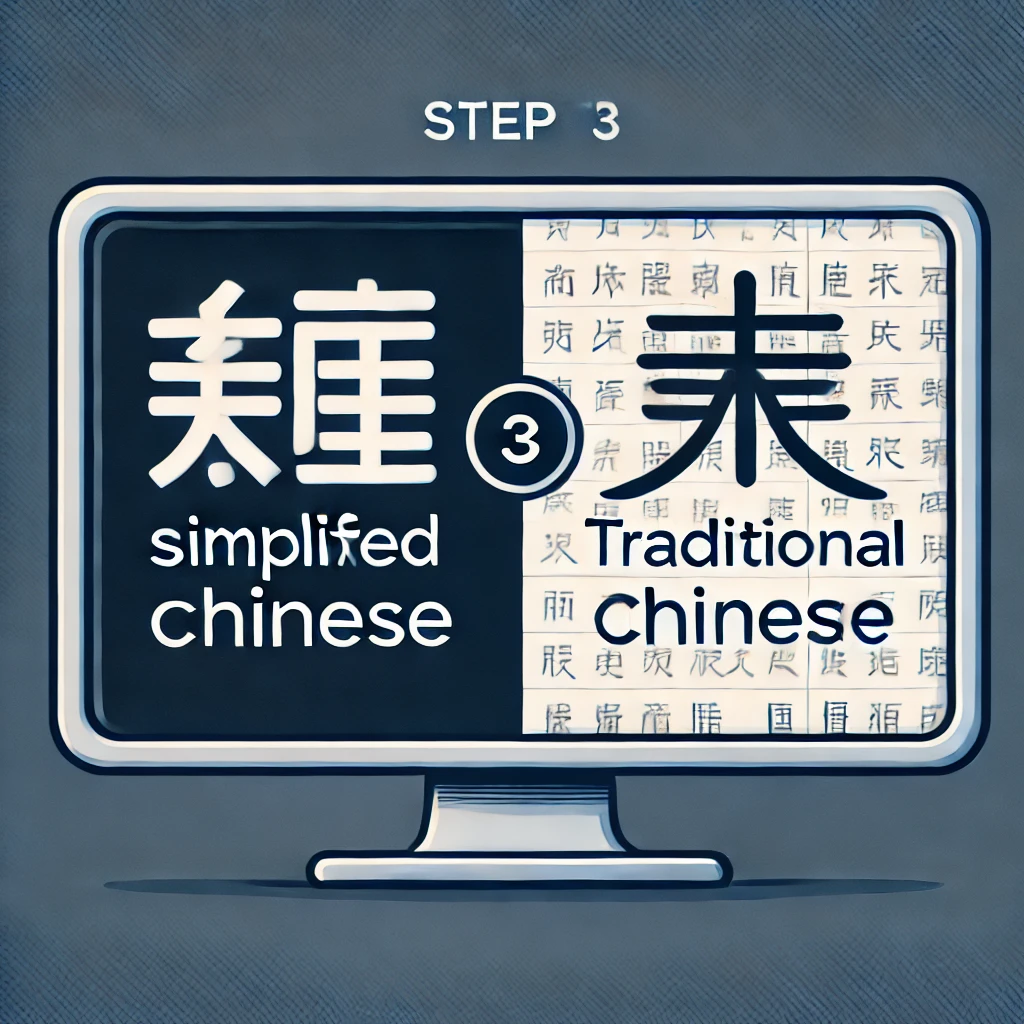Are you in the e-learning sector? Are you a publisher of online courses? You may want to consider podcast translation in Chinese and how it will help you grow your audience in 2025.
Whether you have a vlog or are running a show, one of the best ways to serve your audience – your listeners – is to make sure you provide content in their native language. Did you know that Chinese netizens are some of the most avid learners and advocates of e-learning?
Translating podcast transcripts into Chinese offers immense potential for connecting with an engaged audience. Chinese audiences are known as avid learners. According to research, China is equipped to provide better infrastructure and tools for schools and universities. E-learning is seen as a promising approach to helping students interact with skilled teachers and professors.
The Chinese government continues to upgrade its educational system to ensure students maximize learning opportunities in schools. Outside formal education, online schools and colleges offer various e-learning programs to meet growing demands. Chinese parents are also heavily invested in after-school tutoring, particularly in learning English from U.S. online tutors.
How to get started with translating podcast transcripts into Chinese
Step 1: Transcribe in English: Start by transcribing your episodes into English. This process can be time-consuming, so consider outsourcing to professionals. Avoid relying solely on automated services, as human transcriptionists can ensure higher accuracy.

Step 2: Analyze and Quote: Share your English transcripts with a service provider for word count analysis and translation quotes. Provide context, glossaries, or style guides to improve the translation quality

Step 3: Choose Written Chinese Format: Specify whether you need Simplified Chinese (used in Mainland China) or Traditional Chinese. This choice depends on your target audience

Step 4: Plan Turnaround Times: Collaborate with your project manager to align your podcast publishing schedule with transcription and translation timelines.
Do you know?
Hot topics in China’s podcast market
In China, many podcasts feature paid subscriptions focused on education and self-development, while free podcasts often lean towards entertainment. Popular categories include Chinese history, economy, health, finance, family, self-growth, and culture.
The podcast market in China vs. the U.S.
The Chinese podcast industry, valued at $7.3 billion in 2018, is 23 times larger than the U.S. market ($314 million), driven by widely accepted paid subscription models. Podcasters with 250,000 listeners in China can earn up to $8 million annually, showcasing the lucrative potential of subscription-based content in this market.
Why invest in translating podcast transcripts into Chinese?
- Podcasts involve open discussions and relevant topics that your followers find interesting. While podcasts are in audio format, transcribing and translating them into Chinese helps your listeners better understand your content.
- Transcripts also provide a guide for listeners, allowing them to browse specific topics using timestamps and revisit discussions in detail. A Chinese transcription service offers a word-for-word transcription of each episode, improving accessibility for a broader audience.
How does this benefit you?
- Increased Website Traffic: Podcast transcripts help search engines index your site, making your content more discoverable for non-English speakers.
- Backlink Opportunities: Transcripts make it easier for listeners to reference and link back to specific discussions.
- Better Engagement: Timestamps in transcripts allow users to cite specific sections of your episode and share them with others.
- Credibility and Authority: High-quality transcripts build trust, showcasing your commitment to providing accessible, valuable content.
Your next steps to translate Podcast Transcripts in Chinese
Tapping into multilingual opportunities can be overwhelming, but starting small is a great approach. Focus on the top three languages and markets where you aim to grow your audience.
The Chinese market offers substantial opportunities for podcasters in e-learning or other niches. Begin with a few translated episodes and evaluate the response.
Ready to take the next step? Send over your English transcription, and we’ll help you craft a sustainable multilingual strategy. Fill out the form below to get started on your project
